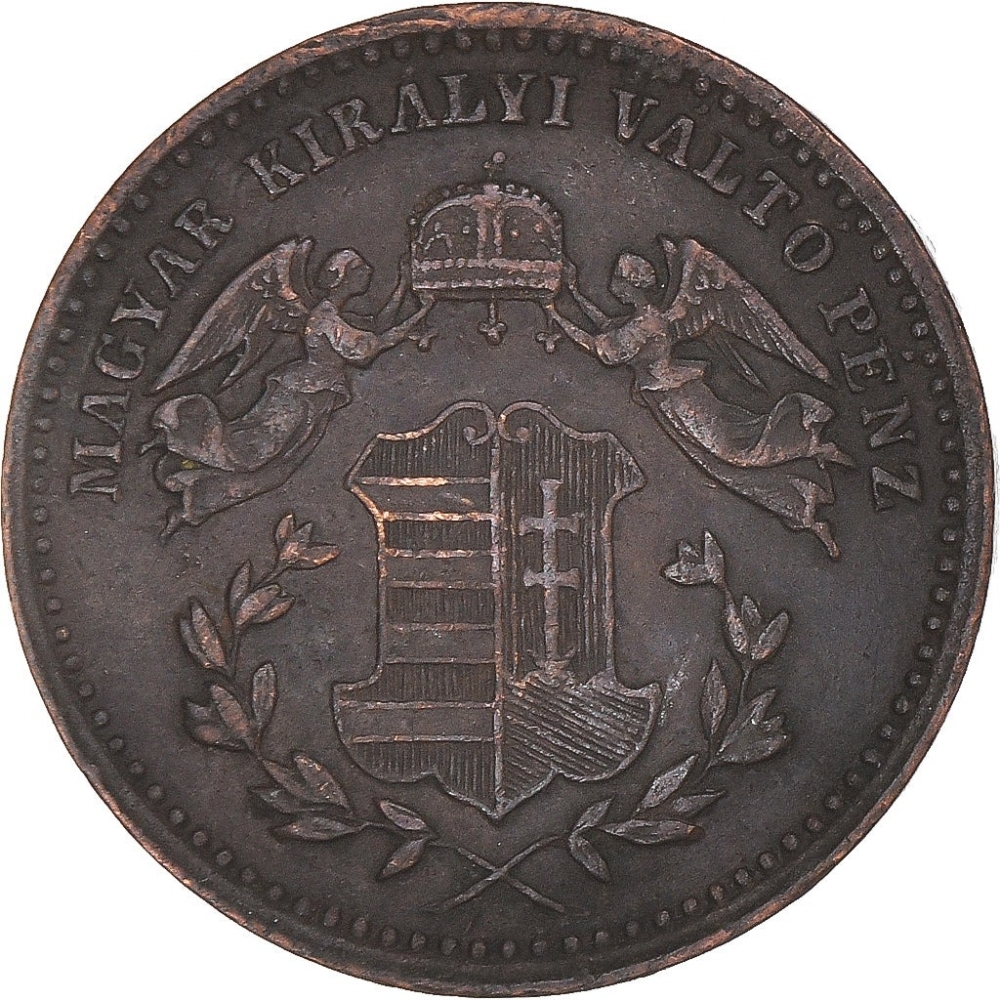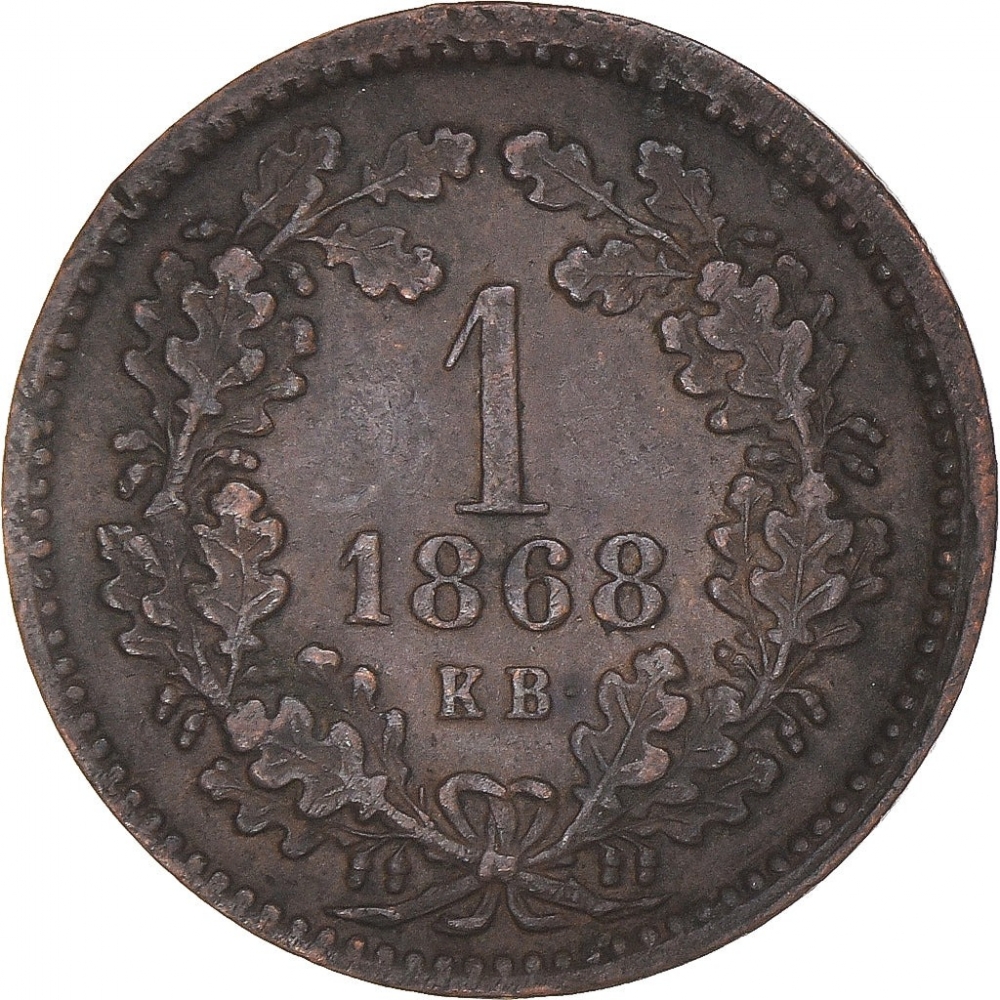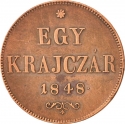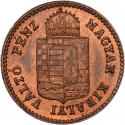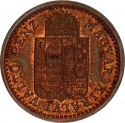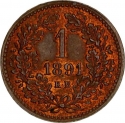You are about to finish your registration. Please check your mailbox (including spam folder). There should be a letter with a confirmation link. Check setting to make sure that your e-mail address is correct.
Send letter againDescription
Franz Joseph I or Francis Joseph I (1830–1916) was Emperor of Austria, King of Hungary, and ruler of the Habsburg monarchy from 1848 until his death in 1916. Initially governing the Austrian Empire, he later established the dual monarchy of Austria-Hungary in 1867. During his reign, he resisted constitutionalism and faced significant territorial losses in the Second and Third Italian Wars of Independence and the Austro-Prussian War. Notably, he agreed to the Austro-Hungarian Compromise of 1867, granting greater autonomy to Hungary.
Franz Joseph's reign was marked by personal and political challenges, including the execution of his brother Emperor Maximilian I of Mexico, the suicide of his son Rudolf, and the assassinations of his wife Elisabeth and his nephew Archduke Franz Ferdinand. The latter's assassination in 1914 precipitated World War I. His annexation of Bosnia and Herzegovina in 1908 and subsequent conflicts in the Balkans further strained international relations. Franz Joseph ruled for nearly 68 years, succeeded by his grandnephew Charles I & IV.
The VII Law 1868 mandated the minting of Kreuzer (Krajcár) coins in Hungary. Starting in 1868, one-, four-, ten-, and twenty-Kreuzers coins and one-Forint and Ducats (gold coins) were minted featuring the small coat of arms. Four-Kreuzers coins were issued in 1868. The XII Law of 1869 amended the VII law, ordering the minting of four- and eight-Forint gold coins and requiring the medium coat of arms instead of the small one. Initially, coins were minted in Kremnica (Körmöcbánya, mint mark: KB) and Alba Iulia (Gyulafehérvár, mint mark: GyF), with the latter closing in 1871. From then until 1918, all coins were minted at the Kremnica mint.
Obverse

|
Depicts the small coat of arms of the Kingdom of Hungary, with one half displaying seven vertical red and white stripes and the other half showing a red field with a golden crown atop a triple green hill, topped with a double cross. Above the depiction, the Holy Crown of Hungary is held aloft by two angels above the coat of arms. At the bottom edge of the coat of arms, there is a decorative motif made of leaves on both sides. The inscription around the coin reads "Hungarian Royal Exchange Coin." MAGYAR KIRÁLYI VÁLTÓPÉNZ |
|---|---|
Reverse

|
Depicts the denomination, the issue year, and the mintmark (K B•, Kremnica) below, surrounded by a wreath of oak branches and leaves, joined at the bottom by a ribbon. 1 |
| Edge |
